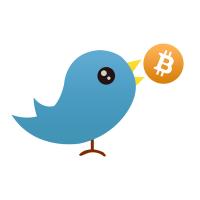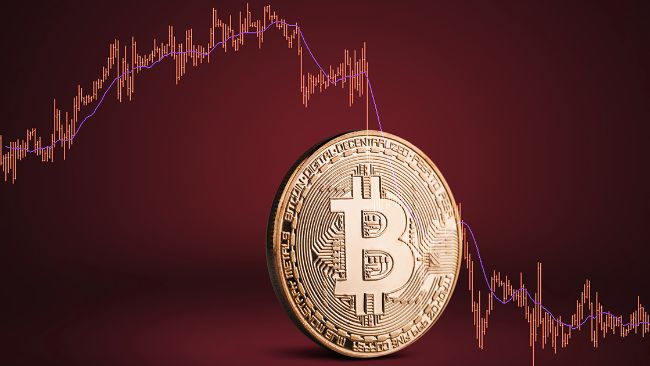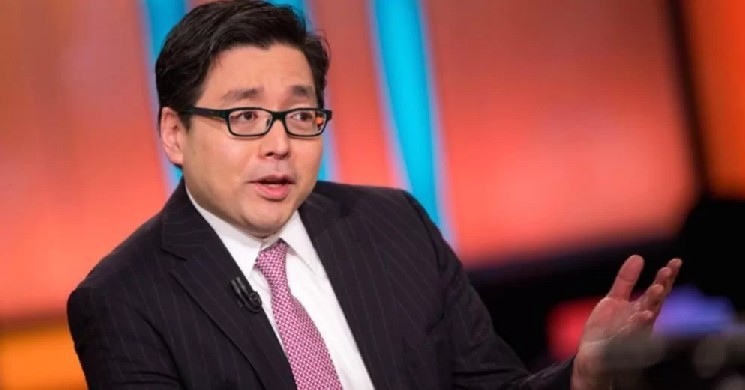Source: OxResearch
Authors: Carlos & Luke Leasure
Compiled and edited by: BitpushNews
Uniswap has become a prime example of the inherent contradictions in the industry's "equity-token" structure. For years, Uniswap Labs has amassed all the revenue generated by the protocol, whileUNI token holders have failed to benefit.
Yesterday, Uniswap founder Hayden Adams, on behalf of Uniswap Labs and the Uniswap Foundation, released a governance proposal aimed at enabling Uniswap protocol fees and unifying incentives across the ecosystem, an unexpected victory for token holders.
The Uniswap protocol includes a fee switch that can only be activated through UNI governance voting. This proposal would activate this fee switch and introduce a programmatic token burn mechanism, retroactively burning 100 million UNI tokens from the vault to compensate token holders for the value accumulation missed over the years.
At the same time, the proposal also stipulates that after deducting the cost of the first layer (L1) data and the 15% fee paid to Optimism , all Unichain sequencer fees will be transferred to this destruction mechanism.
In terms of incentive alignment, the proposal would also incorporate most of the Foundation’s functions into Labs and create an annual growth budget of 20 million UNI, with the aim of allowing Labs to focus on protocol adoption while reducing its commission rates on the front-end interface, wallet, and API to zero.
Since Uniswap will establish a clear value accumulation mechanism between the token and the success of the protocol, what is the fair value of UNI?
Over the past two years, Uniswap has lost its dominance in the DEX (decentralized exchange) space, with its trading volume market share falling from over 60% in October 2023 to less than 15% last month.
This shift in DEX market share reflects Solana 's growing dominance in on-chain activity during the same period, as well as the rise of protocols like Aerodrome , which has successfully maintained its lead over Uniswap on the Base chain.
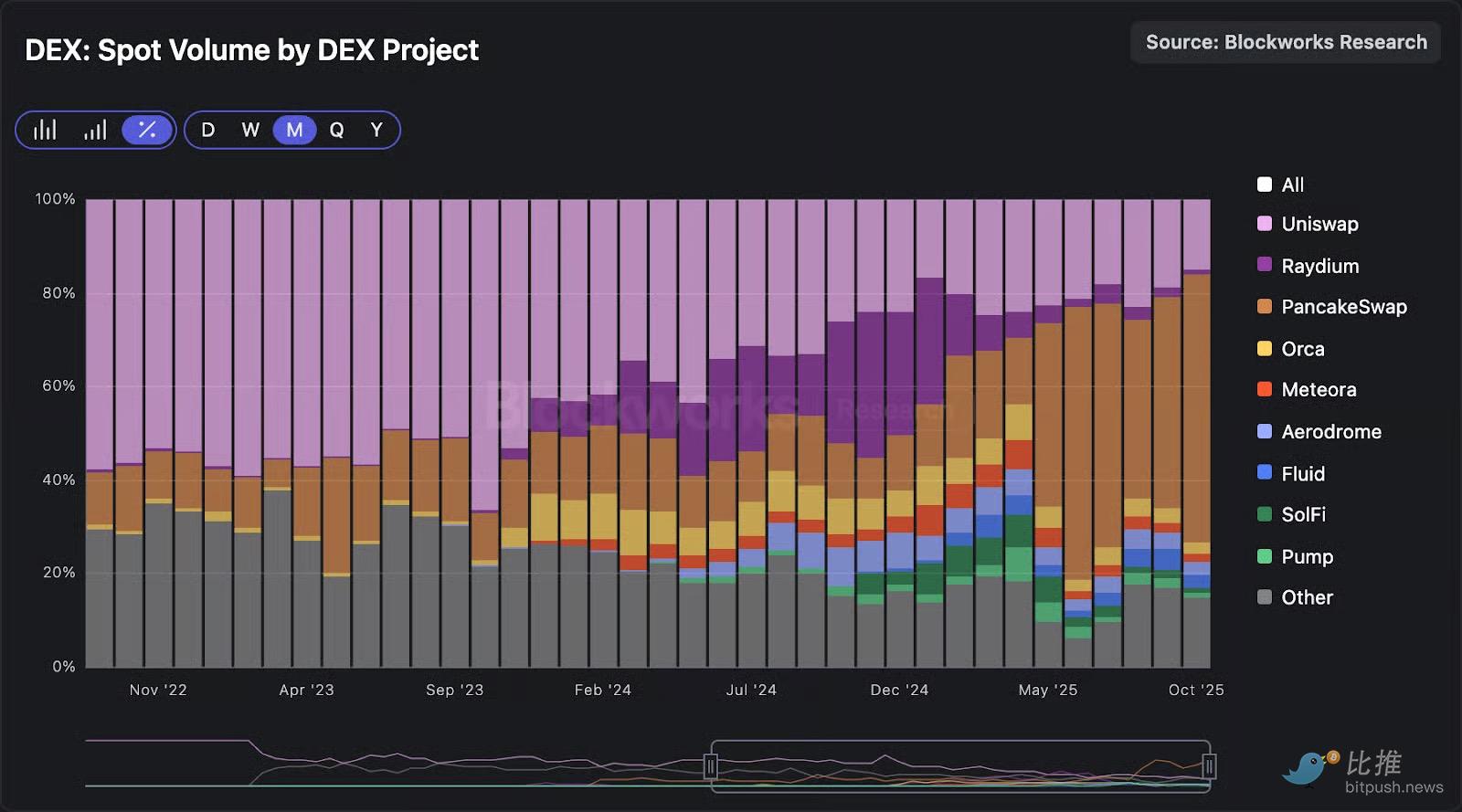
If we look at Unichain, its network activity remains relatively sluggish, with weekly DEX trading volume declining continuously since July.
The $9.25 billion in trading volume recorded last week was the lowest figure since mid-April.
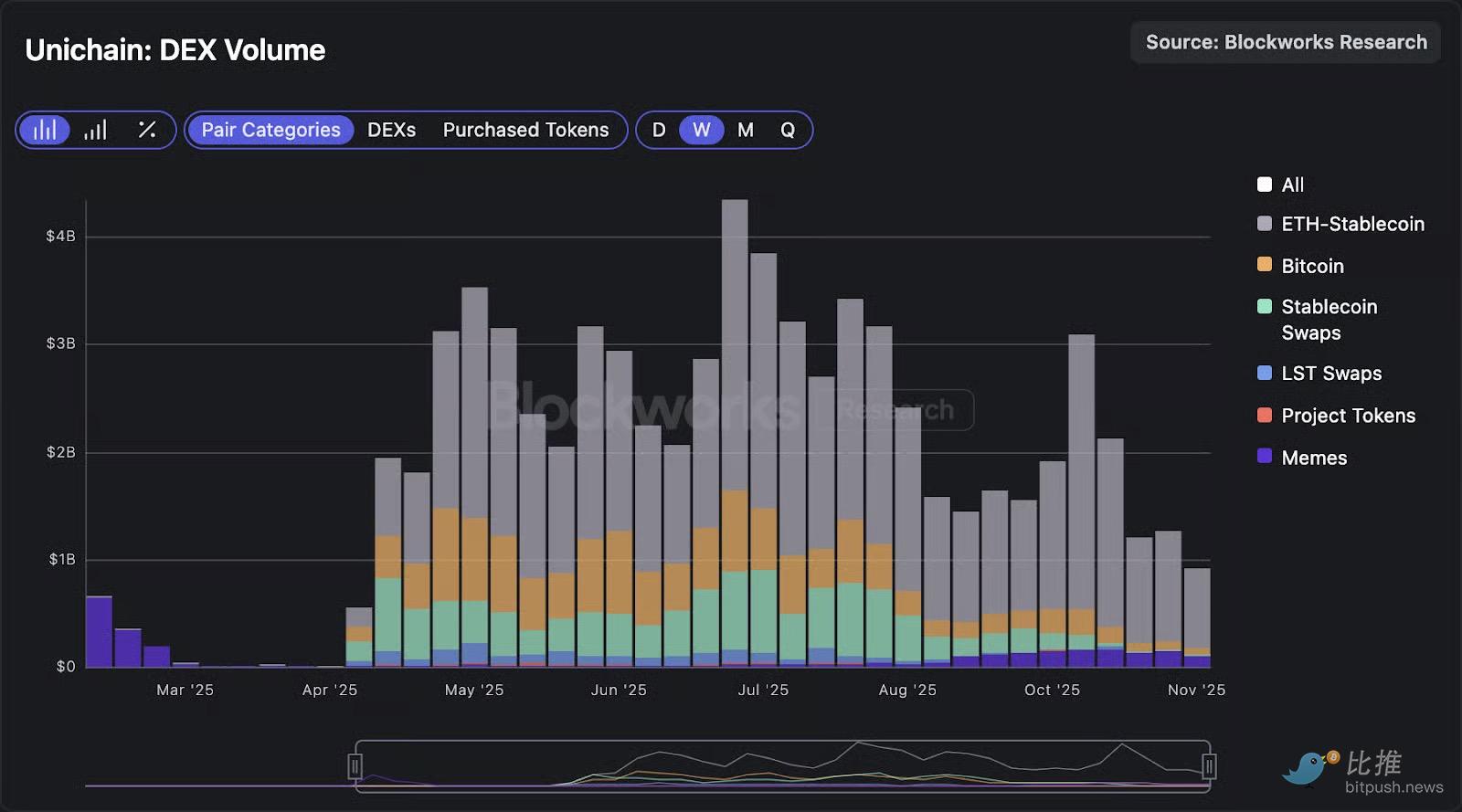
Unichain's network revenue presents a more optimistic picture, although we have also seen a decline in revenue in recent weeks.
In the past 30 days, Unichain's network revenue totaled $460,000, which translates to an annualized revenue of approximately $5.52 million.
Based on an 84% profit margin, this would generate $4.64 million in revenue for Uniswap Labs under the existing structure; however, this revenue would be subject to a burn mechanism once the proposal is approved.
That said, Unichain represents only a small portion of the protocol's total revenue, with the majority still coming from the implementation of versions v2 and v3.
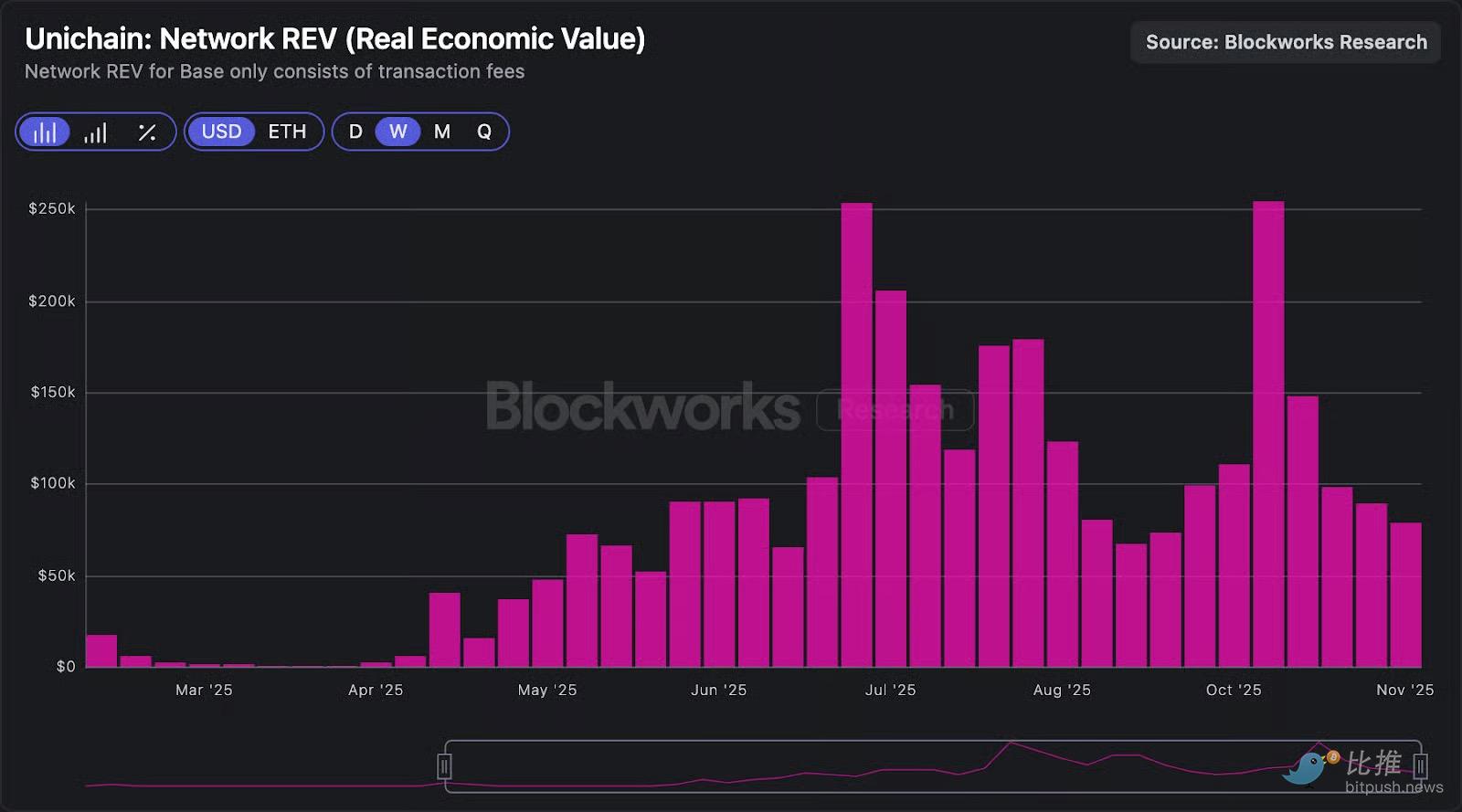
Based on this "UNIfication" proposal, Kunal, a researcher at Blockworks Research, built an excellent dashboard to display Uniswap's token burn projections.
If this mechanism had been activated earlier, the protocol should have destroyed nearly $26 million worth of UNI over the past 30 days;
Since the beginning of the year, nearly $150 million has been destroyed.
The table below compares UNI with other decentralized exchanges (note that we have included Pump because of its AMM mechanism).
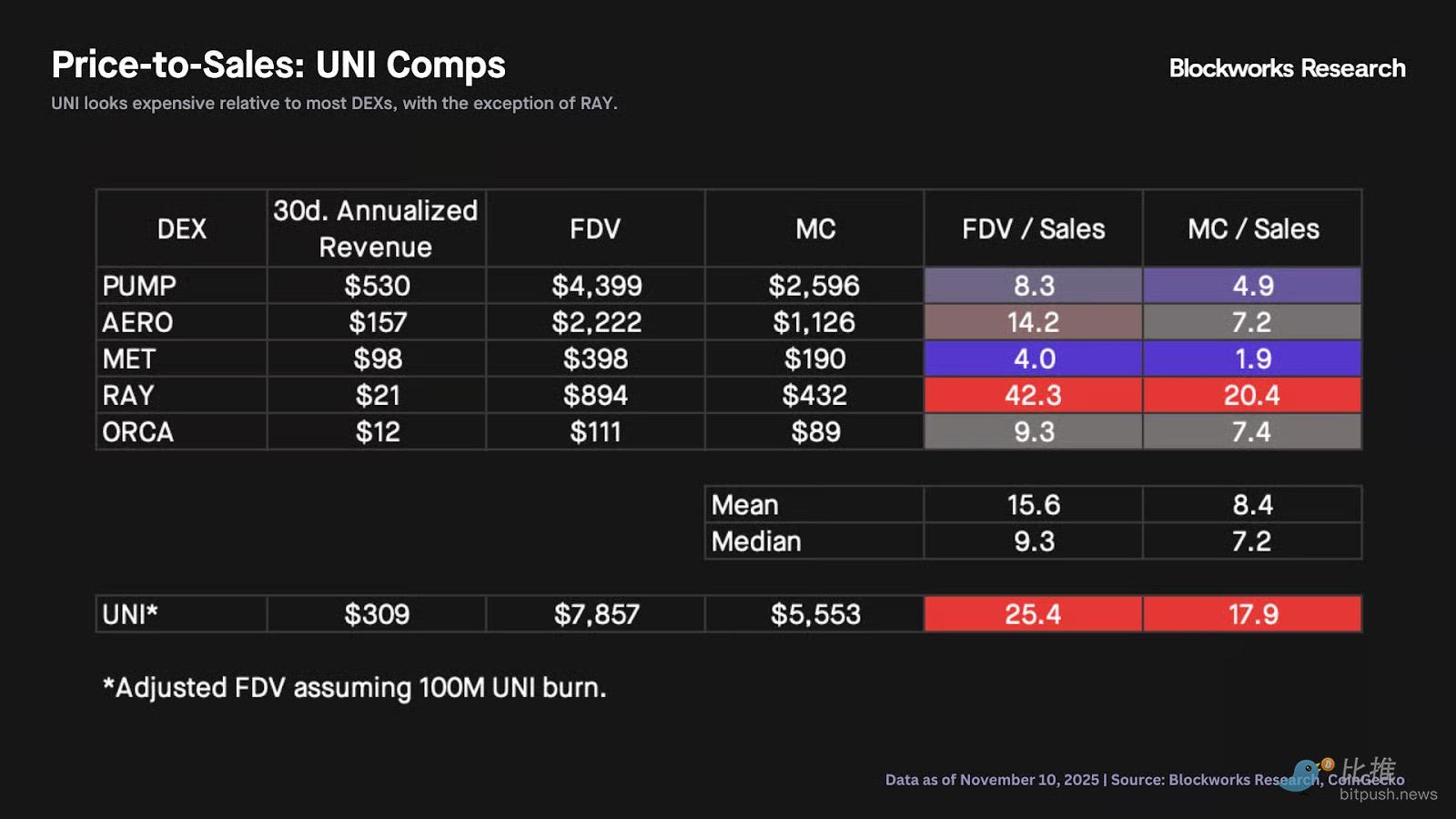
Based on this table, although the "UNIification" proposal is on the right track, even taking into account the retroactive destruction of 100 million UNI, UNI's valuation is still too high relative to the median and average price-to-sales ratio of its peers.
Twitter: https://twitter.com/BitpushNewsCN
BitPush Telegram Community Group: https://t.me/BitPushCommunity
Subscribe to Bitpush Telegram: https://t.me/bitpush

